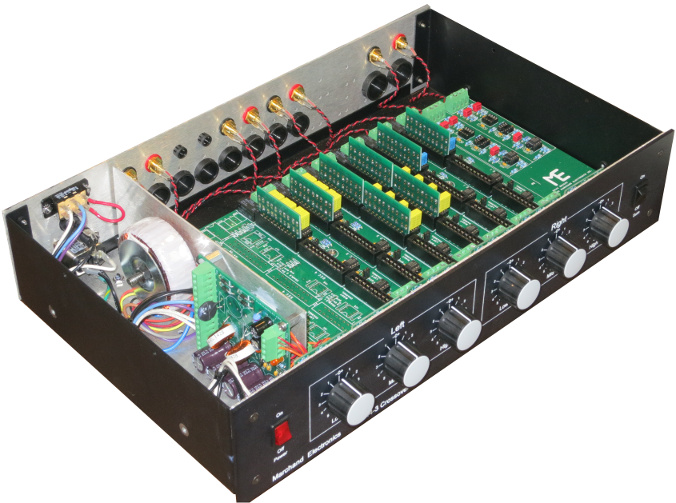Hi all,
I am looking for an active crossover, like the ones you find in the average HT amp. With a variable frequency from 40 to 200hz. I need it to have both high-pass and low-pass outputs. This way I can re-use existing amps I have lying around for a 2.1 project.
Any chance of you guys seeing an inexpensive DIY design floating out there?
Peter
I am looking for an active crossover, like the ones you find in the average HT amp. With a variable frequency from 40 to 200hz. I need it to have both high-pass and low-pass outputs. This way I can re-use existing amps I have lying around for a 2.1 project.
Any chance of you guys seeing an inexpensive DIY design floating out there?
Peter













Comment